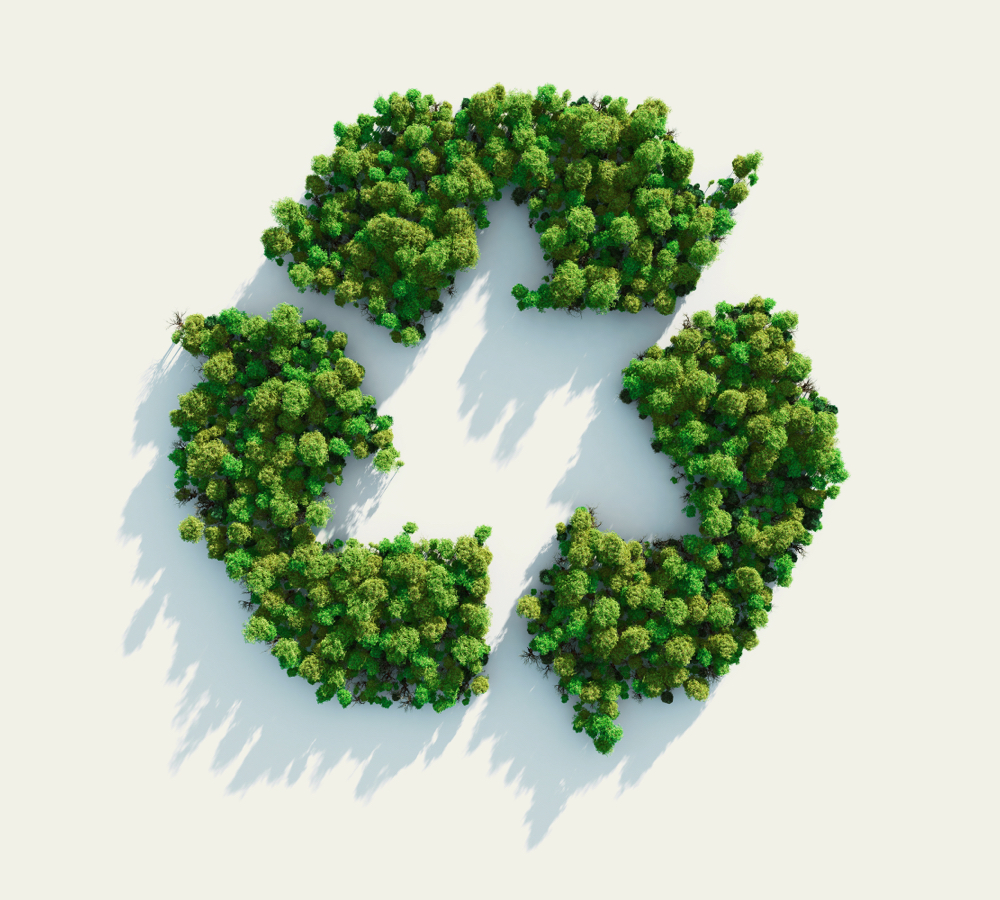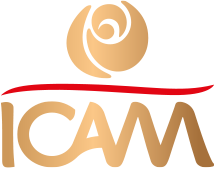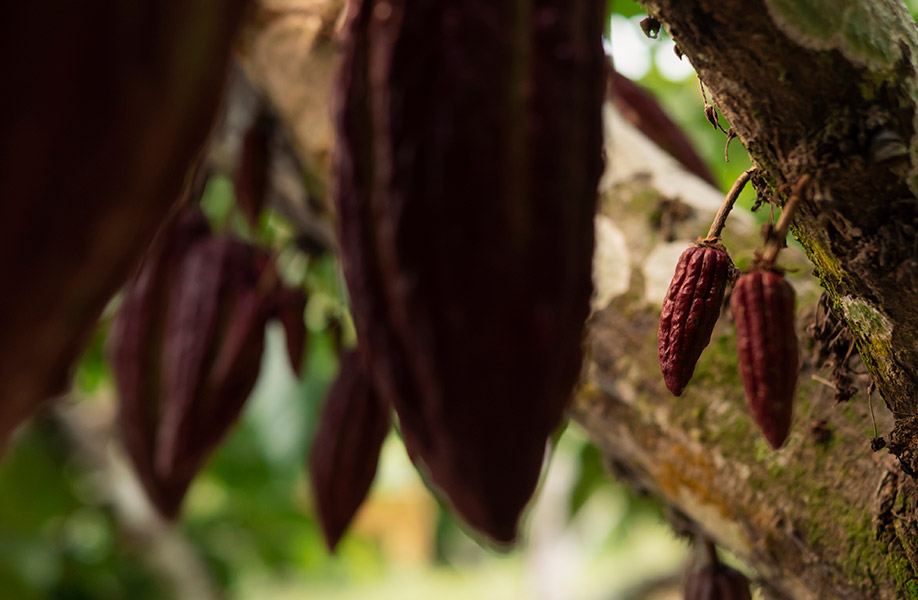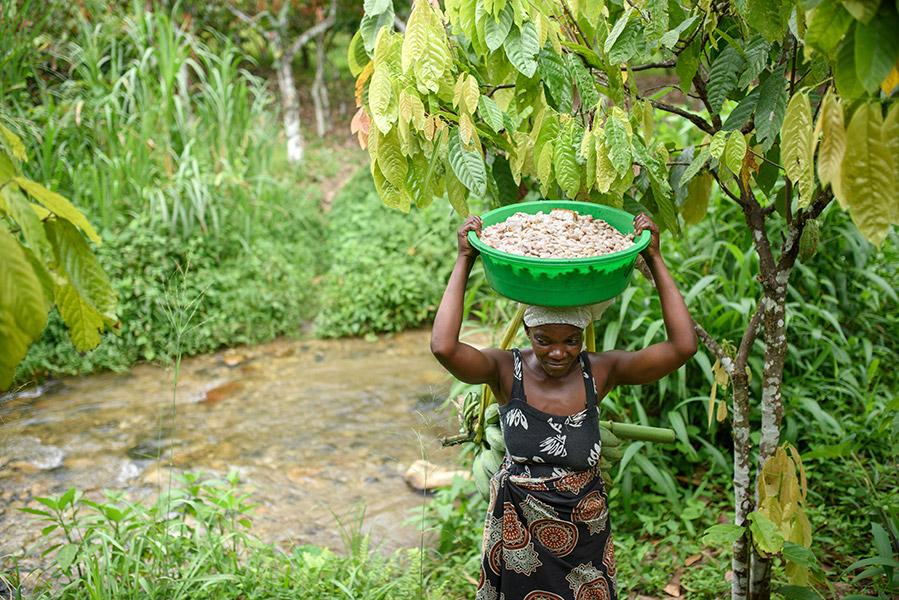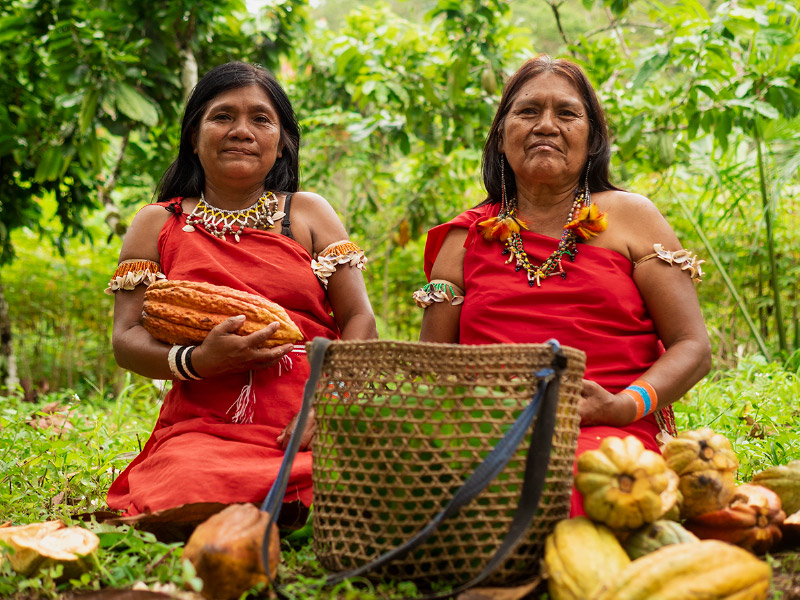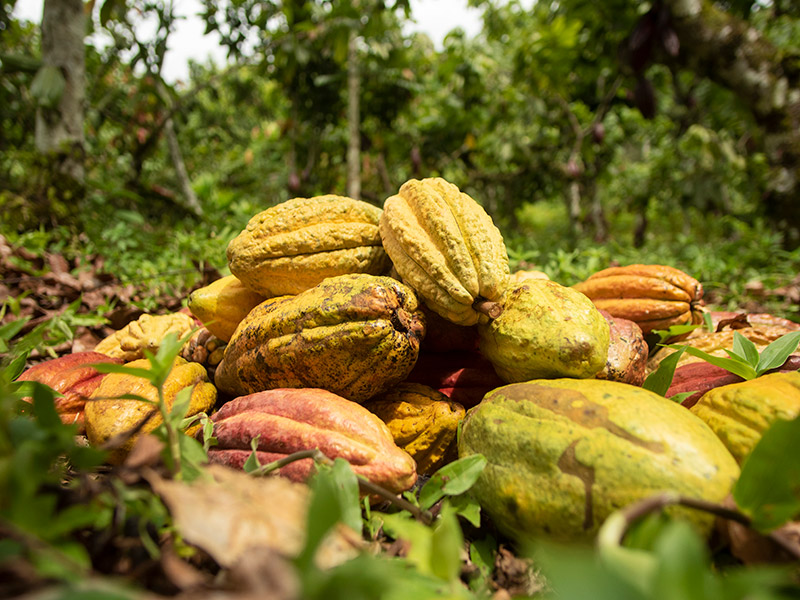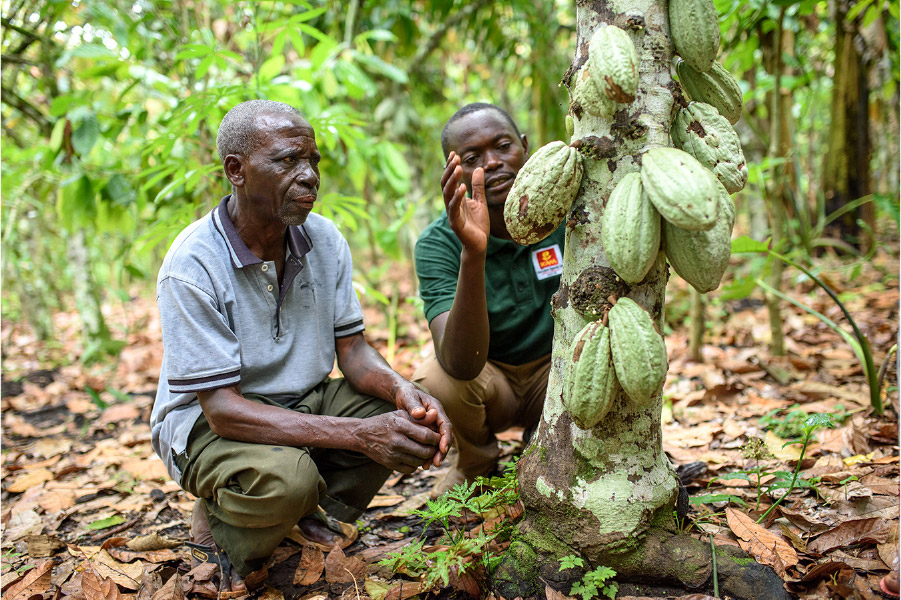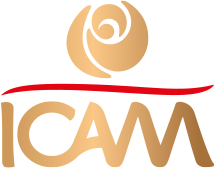Our Ugandan fermentation and drying centers have been designed and built with the aim of minimizing electricity consumption and the use of generators and wood dryers.
How? We avoid artificial dryers by using transparent polycarbonate panels; moreover, we are connected to the national power grid. Only in the event of a blackout would we need to utilize petrol generators to make sure the crop is not lost.
Our responsibility care attention towards
The environment
Chocolate by Nature
We have always been careful about reducing the impact that our work has on the planet we share. We want to leave a positive legacy for future generations, contribute to sustainable development, and prevent current environmental damage from worsening. For this reason, we’ve embraced the United Nations’ Sustainable Development Goals, which tackle the necessity for responsible growth and the protection of biodiversity and forests.
Because we all must work to protect nature, our greatest resource.

Cocoa-growing regions
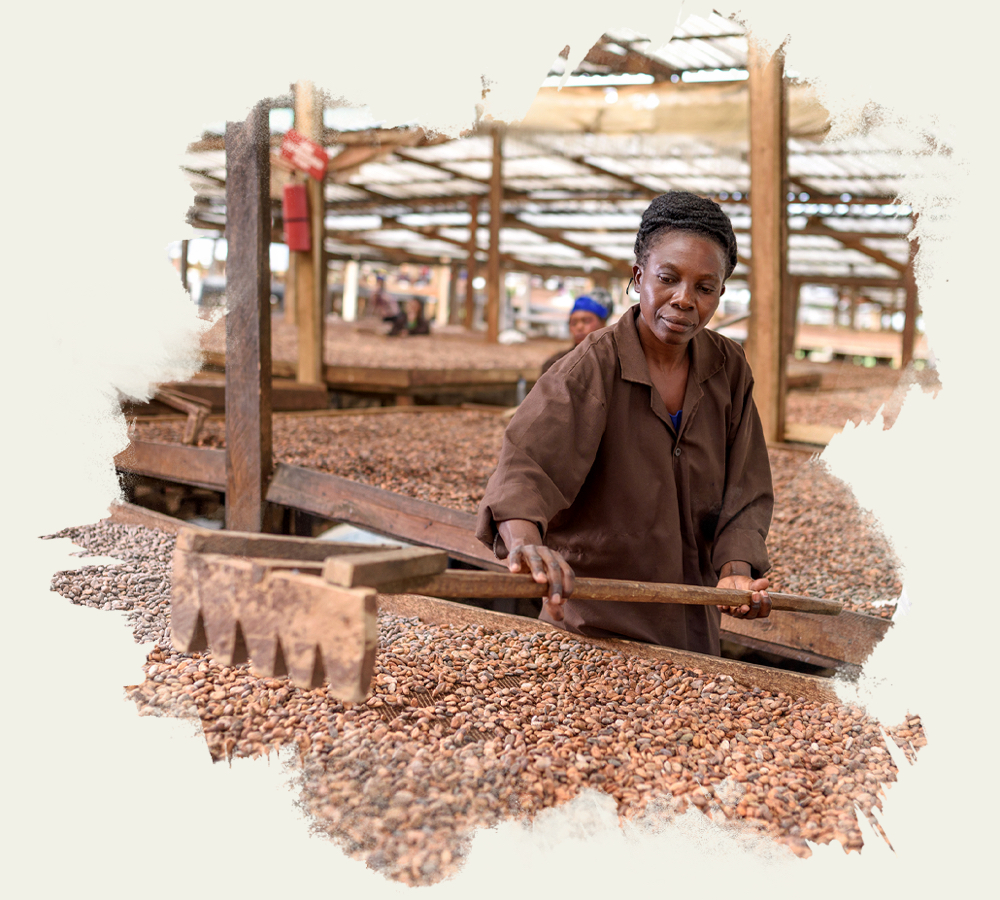
Minimum impact, maximum commitment
Preserving biodiversity
Protecting biodiversity in the countries in which we grow the cocoa is now an urgent priority. Academic studies show that complex agro-forestry systems are particularly favorable for cocoa farming. For this reason, we grow our cocoa plants side by side with banana trees, coconut palms, and other fruit trees. This method helps to enrich the soil, ensures that plants are more resistant to climate change, and promotes greater CO2 absorption.
In Italy
An eco-friendly factory
We have made a series of investments aimed at significantly improving our energy efficiency. Because technological progress should always be tied to respect for the environment.
Our commitment in figures:

-5.4
-4.4
76
Energy efficiency
The trigeneration system at our Orsenigo facility simultaneously generates electricity, steam, and cold water from a single energy source.
It provides an autonomous and highly efficient way to generate enough power to meet nearly all the needs of our production process.
The remaining energy demand is covered by acquiring electricity only from renewable sources.
In 2019, we installed a urea-based emissions reduction system, which further diminishes the environmental impact of our site, eliminating CO and NOx (greenhouse gases) from discharged waste.

Water management
Chocolate is a food product with one of the highest impacts in terms of water consumption, but less than 0.01% is attributable to the processing of cocoa carried out at production sites.
Conscious of the importance of this essential resource:
- We have converted all water-based heating and cooling systems for our processing machines into closed-loop systems.
- The air conditioning or cooling system has been replaced with machines cooled by air or by closed-loop water systems.
- Rainwater is collected in a sedimentation tank, cleansed of external agents, and reintroduced into the production cycle, for those operations which are not involved in the food chain.
Waste management
Following the circular economy model, we have been collaborating for several years with numerous partners to give production waste a second life.
From 51% in 2011 to 97% in 2023 of organic waste material
90.7% of cocoa bean residues go to animal feed manufacturers and to biomass plants to generate energy
The cocoa pods are used as organic fertilizer by the producers themselves
Revolutionary sustainable packaging.
Back to the land.
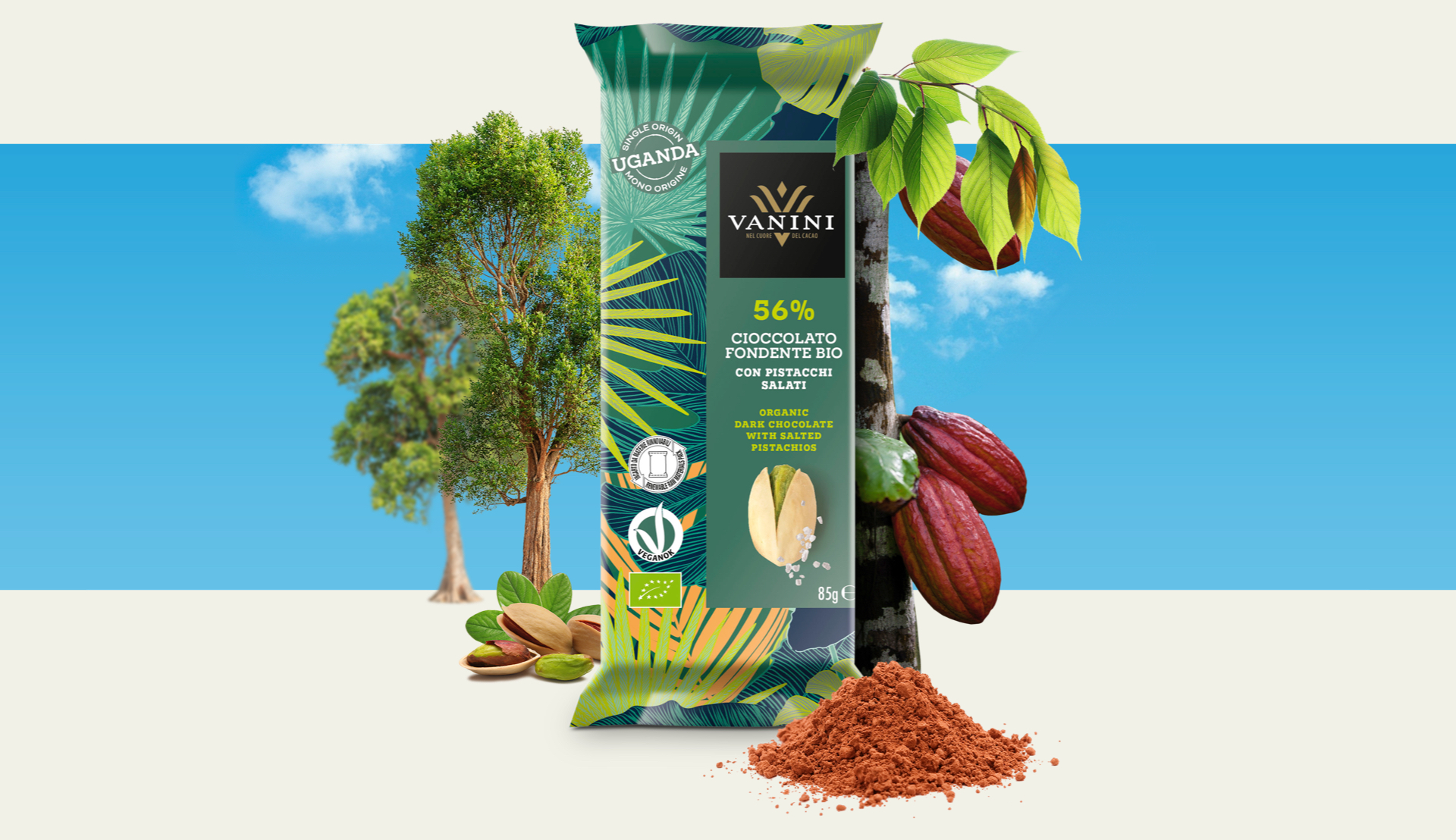
Freshness, food safety, and sustainability are the guiding principles driving packaging design in our Research and Development department.
Major investment has led to significant results. These include the 100% compostable certified “flowpack” packaging for the new Vanini Bio Uganda line.
This pack consists only of paper and a patented biopolymer made from vegetable substances such as cornstarch, obtained from renewable raw material sources; in Italy, this pack can be disposed of with the rest of the organic kitchen waste.
76% of the primary packaging of the bars is ungrammed, with a saving of 141 tons of paper in 3 years.
We use completely recyclable material for the primary packaging of 96% of the bars and 88% of the total finished products.
Responsible labelling
Even our approach to packaging reflects our commitment to the consumer, going above and beyond mere compliance with regulations. We take the greatest care over the information we put on our labels, and more generally in how we present the product through our packaging. As required by law, our packaging states precise information regarding its composition and how to dispose of it correctly.
Product certification, nutritional and environmental information: everything the consumer needs to make an informed choice.
